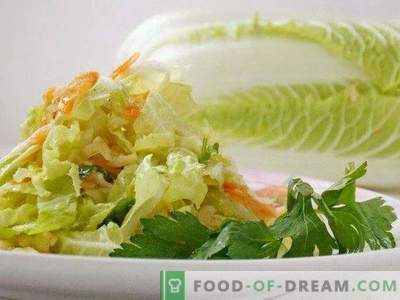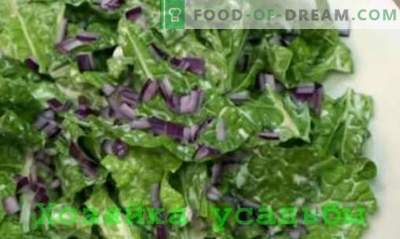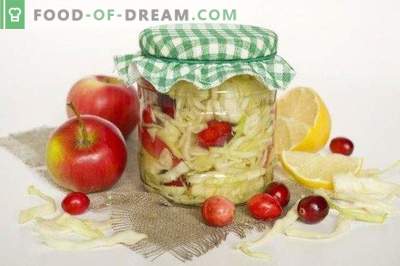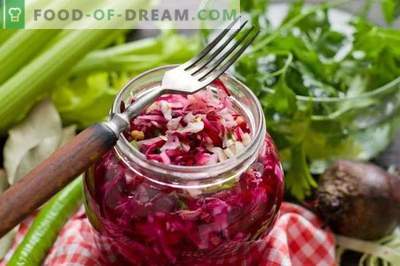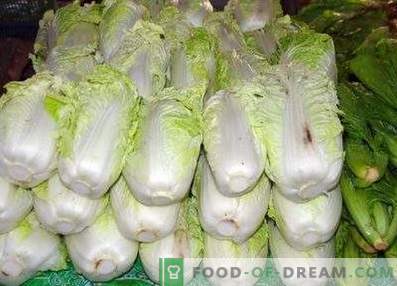
Peking cabbage is in great demand, this plant is considered to be almost the most useful in the cabbage family, it is a dietary product containing many valuable substances, including iron, magnesium, iodine, manganese, phosphorus, sodium, calcium, zinc, fiber, vitamins of group B, and also vitamins A, E, C, K and choline. However, this cabbage has one major drawback: if it is stored improperly, it deteriorates very quickly. To prolong its freshness and pamper the body with vitamins longer, you should know some certain nuances.
Varieties for long-term storage
There are a large number of varieties of Chinese cabbage, which can be divided into three groups: early, middle and late. If the vegetable is required for fast consumption, that is, it will not be stored for a long time, you can choose absolutely any variety that meets your taste preferences. If you want to preserve the crop as long as possible, you need to plant medium and late ripening cabbage varieties. These varieties are:
- Turquoise,
- Mojito,
- Nick,
- Orange Heart,
- Market,
- Asten,
- Glass,
- Russian size,
- Monument,
- Yuki F1,
- Slides F1.
It is best to choose domestic hybrids and varieties of Beijing cabbage, which are specially adapted to your climate. Thus, the number of full-headed heads that will be suitable for long-term storage will increase.
Harvest Tips
In order to preserve Beijing cabbage as long as possible, it must not only be stored in appropriate conditions, but also collected in time from the beds.
As a rule, cabbage heads are harvested before they are fully ripe, that is, at the stage of technical ripeness. Over-grown cabbage will start to rot and will be stored worse. Practice has shown that heads of cabbage cut off in the middle of October or a little later are stored best of all. Only in this case, you need to carefully ensure that the cabbage does not come under frost. Such a crop will deteriorate very quickly.
Harvesting is desirable to produce on a clear dry day, cutting off cabbage with a sharp knife together with a stalk - due to this, moisture is better preserved in the cabbage head.
In no case should the top cover sheets be removed from the head of the head - in the future they will protect the head from the adverse effects of the environment.
After harvesting, it is imperative to carefully inspect each head for damage, wounds, mucus, rot, larvae and brown spots. If any of the above is present, such a head is better to eat as quickly as possible, because it will not lie for a long time.
Basic storage rules for Peking cabbage
- When storing Peking cabbage, it is important that it does not get direct sunlight. You also need the storage place to be dark and cool.
- Beijing cabbage is subject to rapid wilting, therefore, in the place of its storage the increased humidity should be maintained - 95-98%. It can not be increased to 100%, otherwise stocks quickly deteriorate.
- To keep the cabbages fresh for a long time, they must be completely dry. Otherwise, moisture will significantly speed up decomposition.
- As stocks are stored, they should be periodically checked and, if signs of decay or wilt appear, immediately remove damaged leaves.
- Avoid storing Peking cabbage next to products that produce ethylene, which accelerates fruit ripening. Such products include apples, bananas, apricots, pears, potatoes, tomatoes and beets.
- Beijing cabbage needs to be cooled before wrapping with food wrap - then condensation will not form under the film.
- The required temperature should be maintained at the storage location. If it is lower than recommended, the vegetable will freeze, and if it is higher, it will begin to bloom. And in the first and in the second case, the cabbage will quickly become unfit for human consumption.
Storage Methods of Peking Cabbage
Cold storage:
- Remove all the cabbage leaves that are loose.
- Wrap each head with cling film. Wrap the wrap film does not need.
- Place the cabbage in the special vegetable compartment.
Storage in the freezer:
- Rinse the cabbage, dry and chop finely.
- Put in plastic bags or plastic containers, send to freezer.
Frozen Peking cabbage can be used for soups, stewing and roasting (pre-thawing is not required).
Storage for the winter
To save Peking cabbage for the winter, you need to use the cellar. There are 2 ways to store this variety of cabbage in the cellar:
- Peking cabbage is best kept if it is not cut, pulled out along with its roots, and then buried in slightly damp sand.
- It can also be stored in wooden cases. In this case, each head should be wrapped in 3-4 layers of cling film. It is desirable to spread cabbage into the box in such a way that it does not lie, but stands, and the heads of cabbages should not be placed close to each other.
When storing Asian culture in the second way, be sure to inspect cabbages every 2-3 weeks. Remove unsuitable leaves. After that, the cabbage should be rewrapped with cling film.
Shelf life of Peking cabbage
At a temperature range of −3 to +3 degrees, Beijing cabbage remains fresh for 10–15 days. The optimum temperature for storing this product is from 0 to +2 degrees, then the period increases to 3 months. Frozen cabbage is edible for six months.


